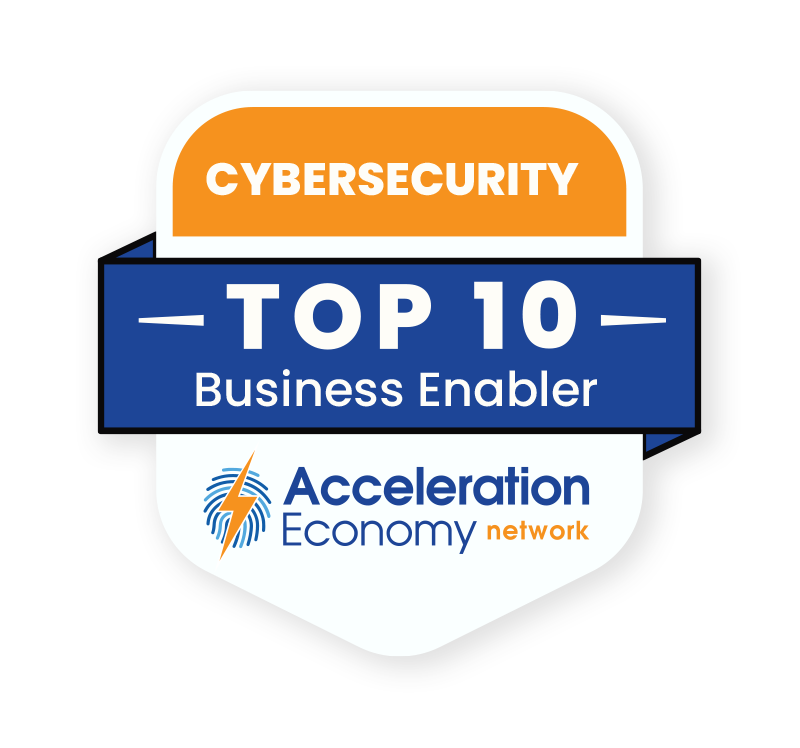Many organizations view the chief information security officer (CISO) as the sole guardian of cybersecurity. While security technical jargon can confuse or overwhelm leaders, who may perceive cybersecurity as outside their areas of responsibility, cybersecurity impacts every member of the C-suite.
A chief financial officer (CFO) needs to understand the financial impact of potential cyber threats on the organization, while a chief marketing officer (CMO) must consider how a data breach could damage brand reputation and customer trust.
By acknowledging and understanding these intersections, C-suite executives can better evaluate the potential risks and opportunities they present. This analysis explores the various ways in which cybersecurity data can benefit various members of the C-suite, helping them make informed decisions, protect their organization, and drive business growth.
CEO: Strategic Direction and Risk Management
For CEOs, cybersecurity data provides valuable insights into potential risks and vulnerabilities that could impact the organization’s strategic direction. By understanding the current threat landscape, CEOs can make informed decisions about risk mitigation, investments in new technologies, and the establishment of cybersecurity policies.
High-profile incidents like the SUNBURST attacks, which victimized the SolarWinds software company, underscore the need for CEOs to be knowledgeable about cybersecurity. Such attacks can have significant financial, operational, and reputational impacts on companies, creating a need to shift towards stronger security measures.
The SUNBURST attacks prompted the network management software company to undergo a significant change in strategic direction, with a focus on strengthening its security infrastructure, processes, and personnel, as well as implementing more rigorous software development and supply chain security practices.
Security data such as threat intelligence reports, vulnerability assessments, and audits can help CEOs gain insights into their organization’s potential risks. It’s true that some of these reports can be quite technical, but they’re still a great opportunity for the organization’s top executive to spend time with their security team and understand the direct linkage between security and business performance.

Which companies are the most important vendors in cybersecurity? Check out
the Acceleration Economy Cybersecurity
Top 10 Shortlist.
The information in these reports can be used to identify trends in cyber attacks, assess the effectiveness of current security measures, and prioritize investments in new technologies or partnerships to better safeguard the organization’s digital assets.
Ultimately, everything is the CEO’s responsibility, so being able to support, and sometimes confront, the CISO will ultimately help the organization, its investors, and its customers.
CFO: Financial Management and Risk Mitigation
Cybersecurity data is crucial for CFOs to understand the financial implications of potential cyber threats. By analyzing security data, CFOs can evaluate the potential costs of a breach, allocate resources to cybersecurity initiatives, and assess the financial impact of investing in new security technologies or insurance coverage.
Additionally, CFOs can use security data to determine the return on investment (ROI) of cybersecurity spending and to inform decisions about purchasing cyber insurance to transfer some of the financial risks associated with a breach.
COO: Operational Efficiency and Supply Chain Security
Chief operating officers (COOs) can use cybersecurity data to ensure operational efficiency and safeguard the organization’s supply chain.
According to a 2022 survey by the Ponemon Institute, 59% of organizations surveyed had experienced a data breach caused by a third-party vendor. By identifying vulnerabilities and weak points in the organization’s infrastructure and suppliers, COOs can prioritize improvements and establish robust security measures to protect critical business functions.
Cybersecurity data like real-time network traffic monitoring, intrusion detection system analysis, and supply chain risk assessments, can also help COOs collaborate with suppliers and identify potential bottlenecks in an organization’s security infrastructure.
CIO: Technology Investment and Security Infrastructure
For CIOs, cybersecurity data is essential for making informed decisions about technology investments and the organization’s security infrastructure. CIOs can leverage security data such as vulnerability scans, penetration testing results, and security architecture reviews to guide technology investments and optimize security infrastructure.
The data can help them identify outdated or insufficient security measures and ensure that the organization’s security infrastructure is aligned with industry best practices and compliance requirements.
Of course, CIOs and CISOs must collaborate to balance innovative new IT functionality with security considerations.
CMO: Brand Reputation and Customer Trust
Cybersecurity data can significantly aid CMOs in maintaining brand reputation and fostering customer trust.
In the event of a breach, cybersecurity data can help CMOs develop transparent and timely communication strategies to minimize damage to customer relationships and brand image. The day CMOs find out their organizations have been breached is not the day they should be putting together a communications strategy.
Security data that can support CMOs includes data breach analysis, social media monitoring, and competitor benchmarking. This information can help CMOs understand the potential impact of a breach on the organization’s reputation, identify areas where its security posture may lag behind competitors, and develop targeted marketing campaigns to reassure customers about its commitment to protecting its data.
CHRO: Employee Education and Insider Threat Management
CHROs can use cybersecurity data such as employee security awareness assessments, phishing simulation results, compliance audit reports, and user behavior analytics, to develop comprehensive employee education programs, enforce compliance with security policies, and address insider threats.
Employees should be empowered to become the first line of defense against cyber threats, which means equipping them with the knowledge and skills to recognize and respond to potential risks, and promoting a shared sense of responsibility in protecting the organization’s assets, information, and reputation.
Final Thoughts
Cybersecurity data is a powerful tool that members of the C-suite can leverage to make informed decisions, protect their organization, and drive business growth. The examples provided in this analysis offer a glimpse into the ways that various executives can utilize security data to address their unique concerns and responsibilities.
As the cyber threat landscape continues to evolve, so, too, will the potential applications of cybersecurity data. By staying abreast of emerging trends and utilizing cybersecurity data to its fullest potential, C-suite executives, with the support of the security team, can foster a culture of security awareness, implement effective security measures and, ultimately, safeguard their organization’s assets, reputation, and bottom line.
Want more cybersecurity insights? Visit the Cybersecurity channel:








